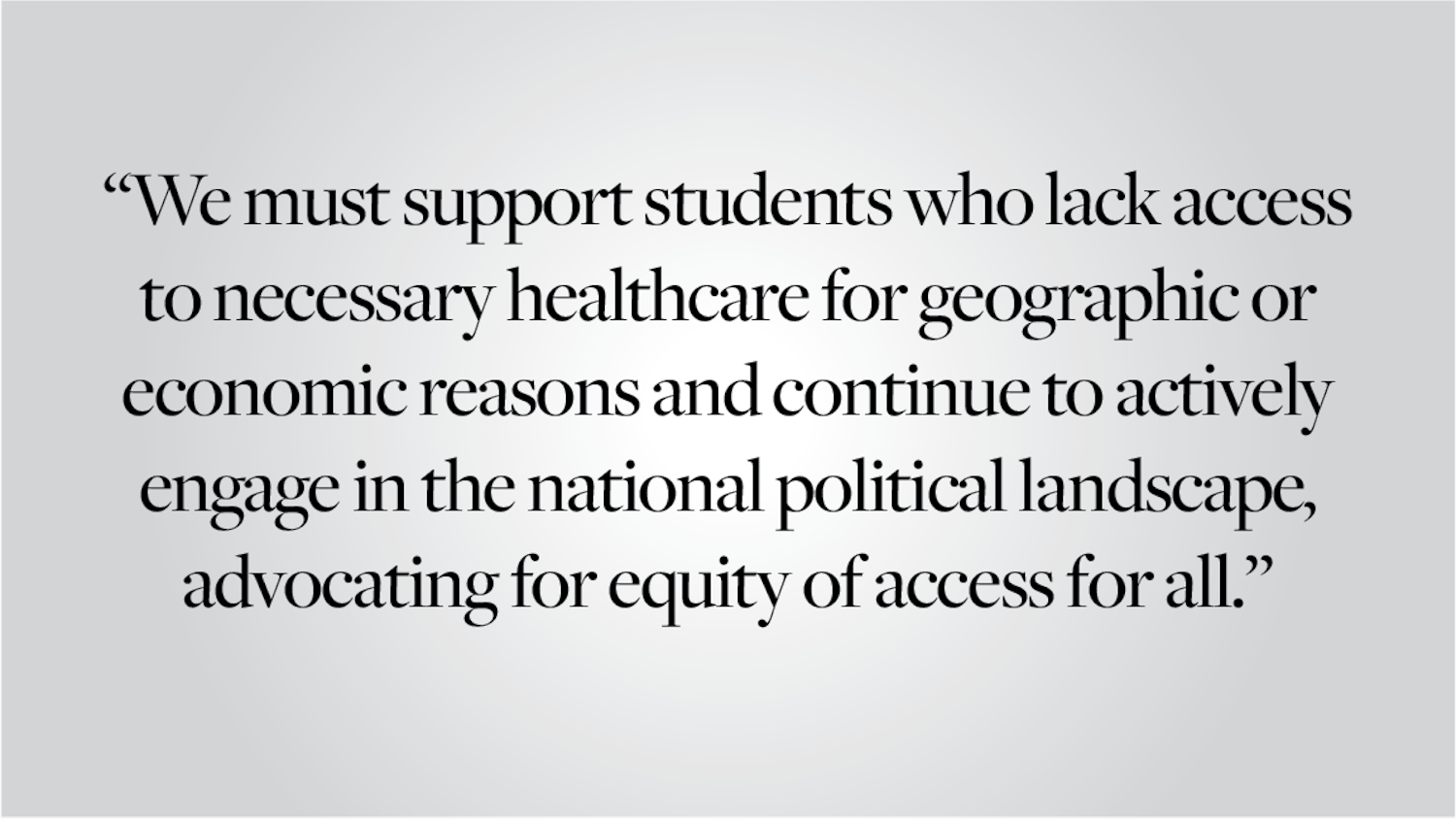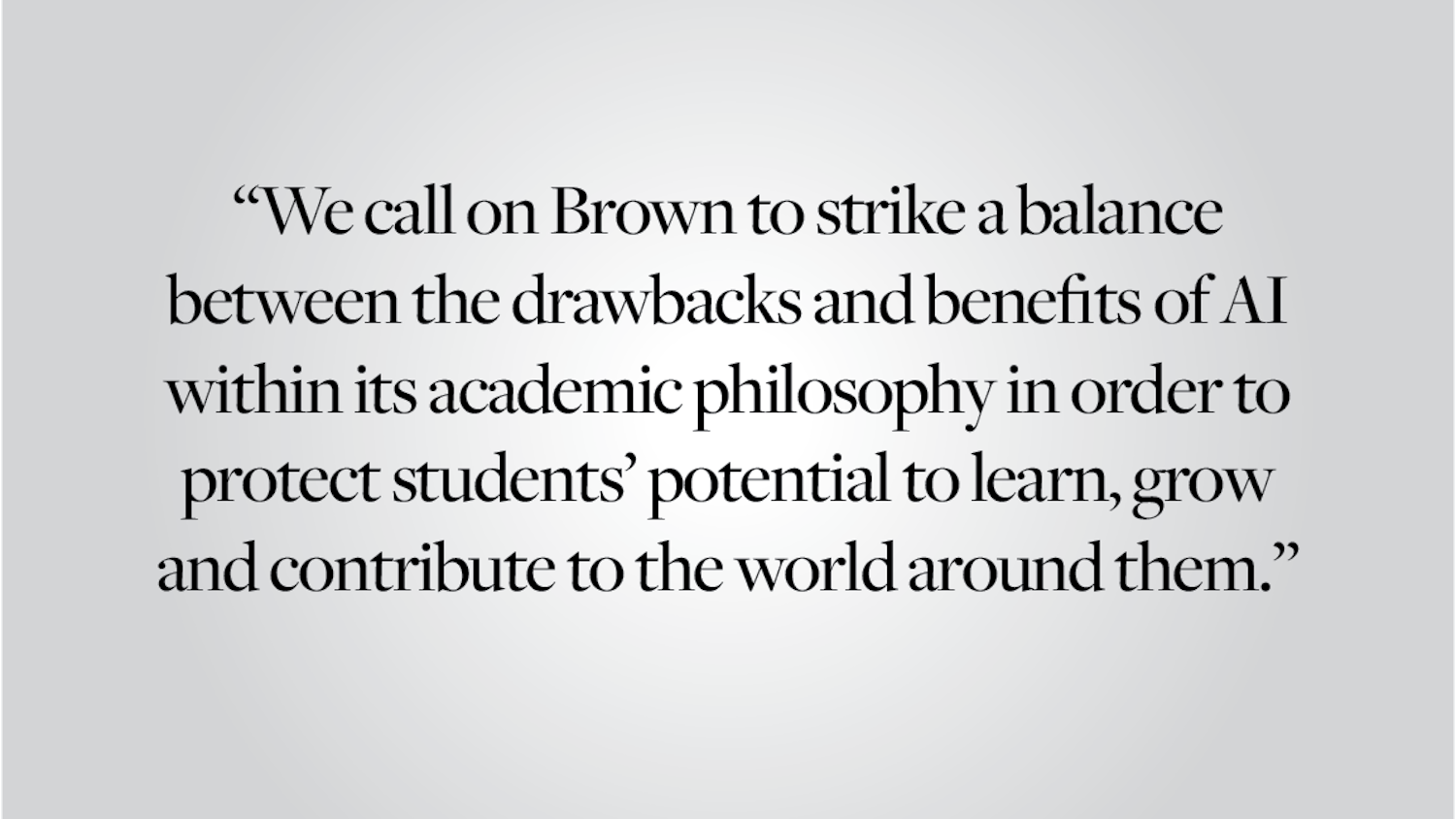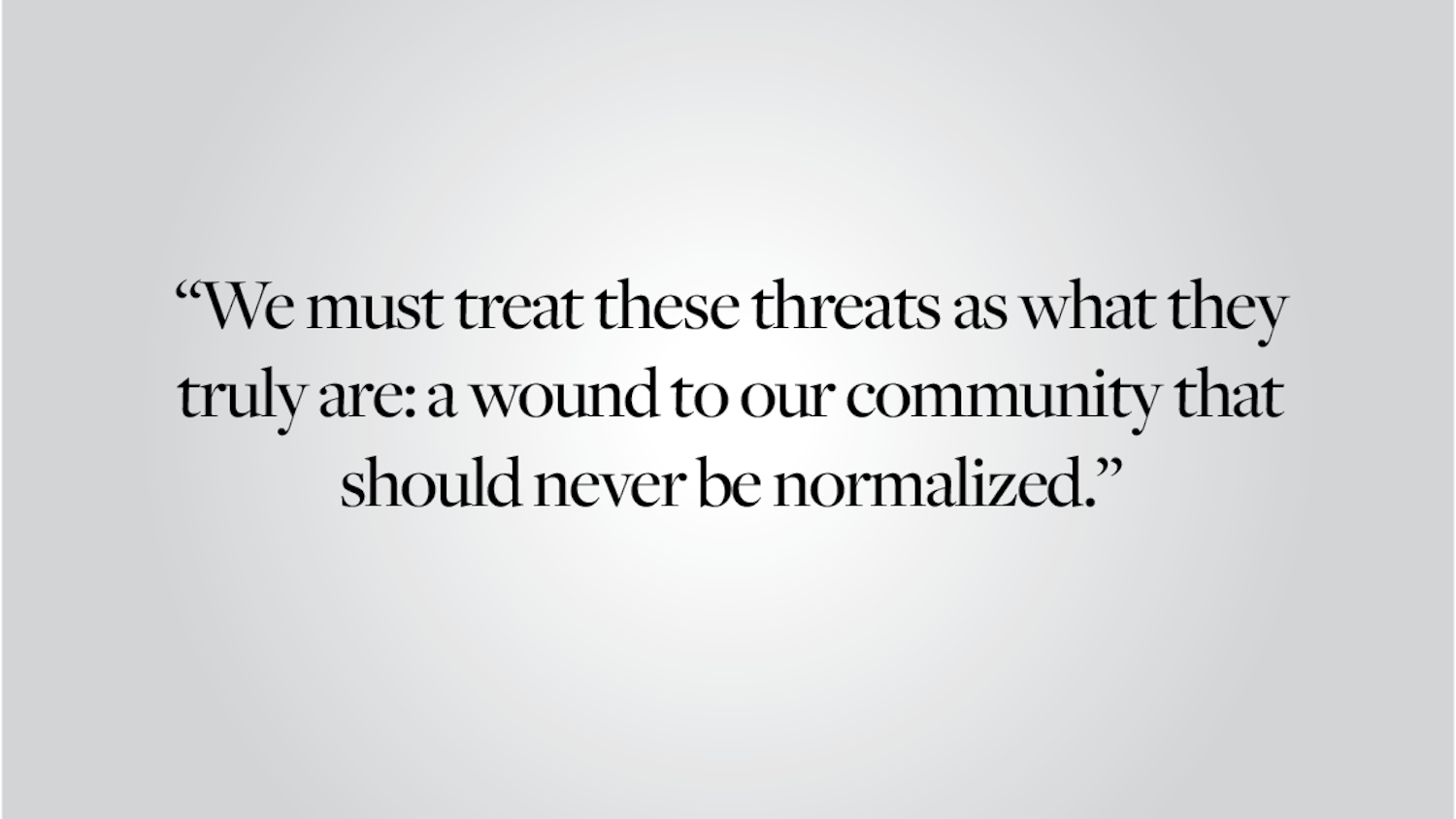The relationship between conventional media outlets and organizations dedicated to social justice is a fraught one of late, especially on college campuses. This is understandable. Mainstream media outlets, including The Herald, have published certain pieces both in recent memory and throughout their long histories that those campaigning for more diverse and inclusive American institutions today would find prejudiced at worst and antithetical to their causes at best. In addition, daily print newspapers, including The Herald, do not operate under any specific political mission. On the whole, they aim to please neither the left nor the right but to inform their readership of what is happening in the given areas they cover and to provide, especially when the news is political or related to social justice, a comprehensive take on current events coming as close as possible to what could be called objective.
But the fact that The Herald does not actively endeavor to promote any given political agenda does not mean its coverage should be neutral toward or detrimental to social justice. Ideally, newspapers can actually catalyze efforts to create a more just and equitable world by simply doing what they typically aim to do: publish material that alerts their readers to current events, weeds out factual inaccuracies and introduces readers to a broad range of perspectives on the day’s most important issues.
This link between mainstream media outlets and public awareness of issues pertaining to social justice can be observed on the national level. Take, for example, a May 2015 New York Times piece exploring the “rampant exploitation” of workers in the city’s nail salons. As the Columbia Journalism Review noted in December of that year, the article had wide-ranging ramifications for social justice, even prompting the passage of statewide legislation to protect salon workers. But for the workers interviewed and their colleagues, the piece served a more fundamental purpose: It “thrust people and communities who are normally invisible into the light.” For long-exploited workers, the “media attention was its own kind of force.”
To be sure, these goals are not always met and have not always been met in the past. But the nail salon expose is precisely the type of work that newspapers like The Herald aspire to publish. And when the press acts in this capacity, it serves an educational purpose, bolstering awareness in a way that should help readers develop informed opinions on their surroundings. It also lends a voice to all people affected by a given issue, not just those who typically hold the power to expound on it in a public forum.
Authors of pieces like this do not need to take a partisan stand on issues, cherrypicking evidence that supports their positions and only citing those with whom they agree. They merely need to talk to all parties involved, publish only information that can be verified and, when analyzing or summarizing, offer conclusions supported by the evidence they have collected. This is not political advocacy work; it is an attempt to tell the truth.
Editorials are written by The Herald’s editorial board: Emma Jerzyk ’17, Joseph Zappa ’17, Caroline Kelly ’17 and Andrew Flax ’17. Send comments to editorials@browndailyherald.com.




